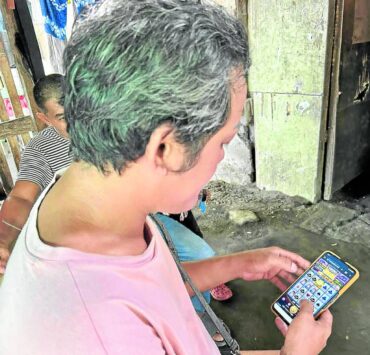State-sponsored threats escalate cybersecurity risks in Asia Pacific

Cyber claim notifications in Asia Pacific increased by 22 percent in 2024, further complicated by state-sponsored cyber threats in this populous region rife with trade tensions, territorial disputes and global supply chain reconfigurations.
This is according to the 2025 Cyber Risk Report of Aon plc, a leading global professional services firm.
The report notes that cyber incident frequency in Asia Pacific jumped 29 percent last year and 134 percent over the past four years (2020 to 2024), driven by the rising frequency and sophistication of cyber incidents.
The rise in artificial intelligence (AI)-driven deepfake attacks, for instance, resulted in a 53-percent increase in social engineering incidents last year. Thus, claims involving social engineering and fraud soared by 233 percent.
In the Philippines, deepfake videos that mimic well-known personalities and business tycoons in order to sell fraudulent investments flood social media.
“In 2025, global and regional geostrategic tensions remain a key driver of cyber risk for companies in Asia Pacific. This trend is likely to accelerate with nation-state-backed threat actors continuing to employ cyber campaigns to facilitate conflicts or instigate grey-zone operations for the purposes of economic coercion, corporate espionage, or to harm regional rivals by targeting strategically important economic infrastructure,” says Adam Peckman, head of risk consulting and cyber solutions in Asia Pacific and global head of cyber risk consulting at Aon.
“As cyber threats grow more complex and interconnected, companies need a clearer view of their exposure, stronger alignment between cybersecurity and insurance strategies, and the tools to make better, data-driven decisions.”
Reputation risk
Of the 1,414 global cyber events analyzed, 56 escalated into “reputation risk” events, defined as cyber incidents that attract significant public attention.
Companies affected by these reputation risk events experienced an average shareholder value decline of 27 percent, Aon notes.
Globally, malware and ransomware attacks are ranked most likely to trigger reputational damage, accounting for 60 percent of all reputation risk events, Aon reports. This is despite making up only 45 percent of total cyber incidents.
This report is based on Cyber Quotient (CyQu) evaluation scores from Aon clients in 2024, which analyzed more than 1,400 global cyber events to identify trends in the evolving cyber threat landscape.
The CyQu database benchmarks over 10,000 clients and has 20,000 client users.





















